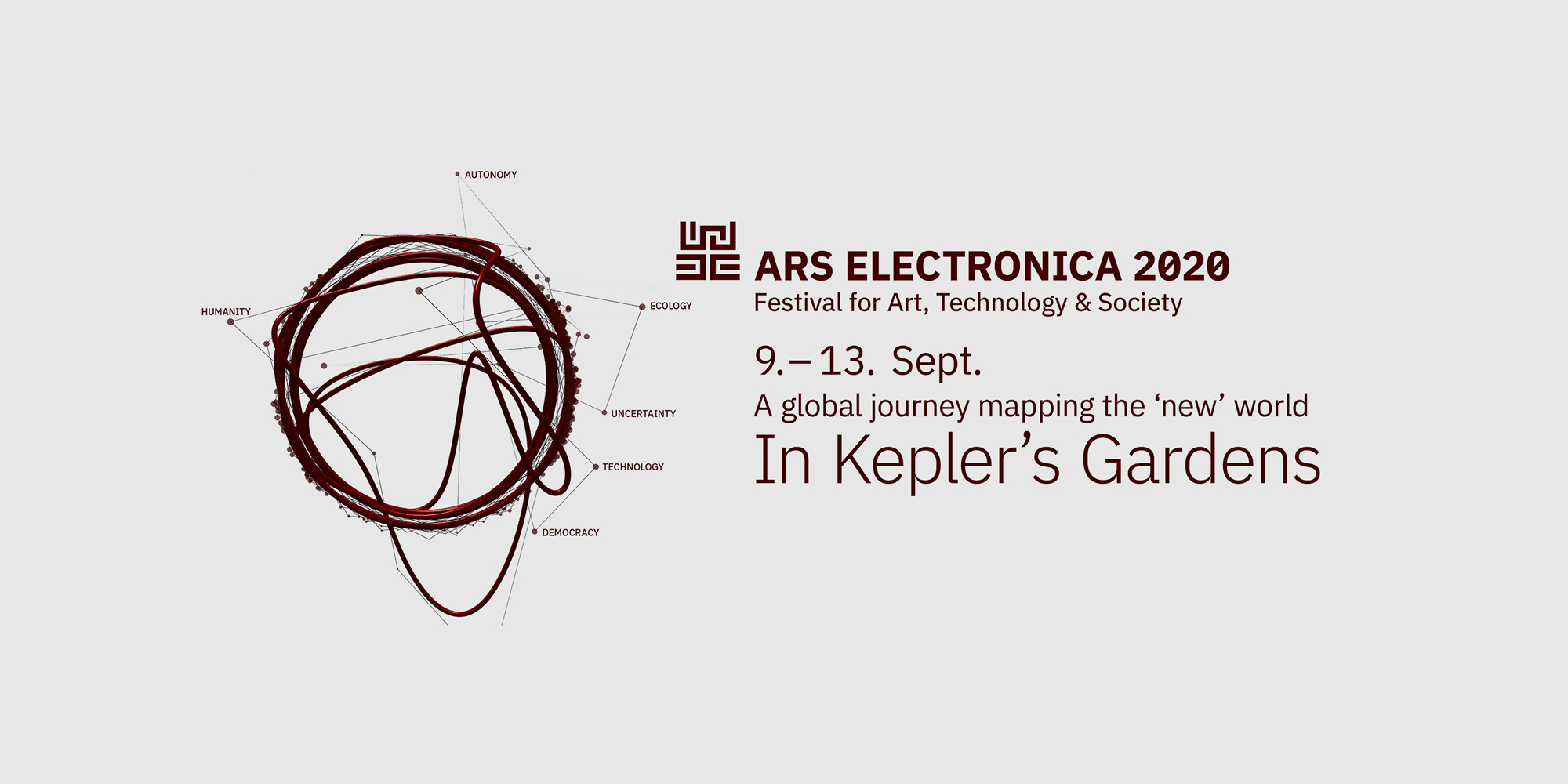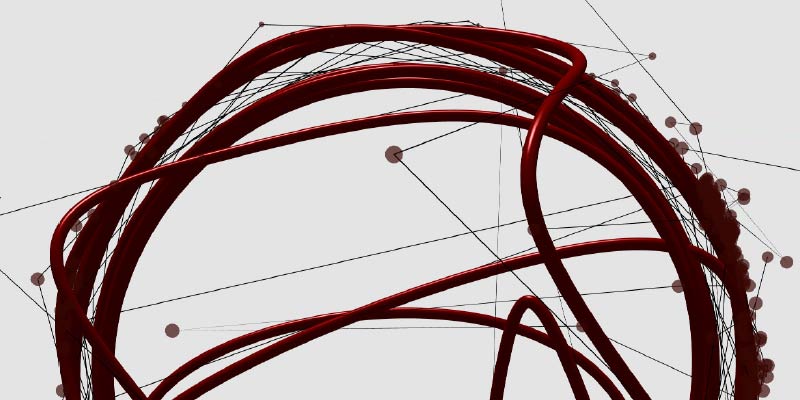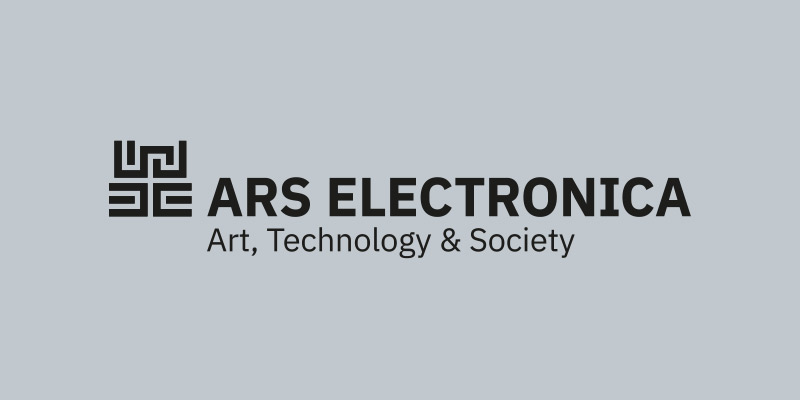Themes
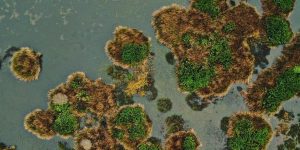
Ecosystem mutations. Wetland Removal.
An 8.5% of the surface area of Los Rios Region in southern Chile is made up of wetlands. Around the city of Valdivia, the presence of wetlands is particularly dense and some areas today are national monuments. A wetland is an ecosystem that is sometimes divided at the surface, but which constitutes a networked ecological continuum. Thus, to alter a part of the wetland is to modify the whole ecosystem. Promoting the convergence of different organizations, the Austral Garden program proposes an aerial route over the geography and natural environment where Universidad Austral de Chile is located. The purpose is that scientists and researchers can share their studies and reflections to spread the importance of wetlands, as well as showing the mutation of this natural eco-system.
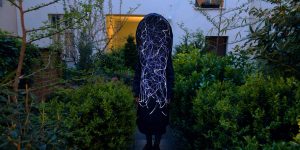
Artificial Intelligence and its False Lies
Mika Satomi (JP/AT)
In this tour, Mika walks you through her process of making Artificial Intelligence and its False Lies, from the first questions she had and how one led to the next, to interviewing scientists and finally teaching herself how to make an artificial neural network. She also attempts to explain how neural networks work, because she was shocked to learn there is no actual intelligence inside the black box!
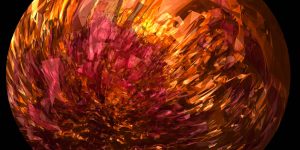
S+T+ARTS at UCA: Understanding complex data in COVID times + Fashion: Materialising Numbers
As a specialist arts institution, UCA is 100% creative. UCA students develop their skills and thinking in environments that replicate the studios found within the creative industries, alongside peers on courses spanning arts, business and technology.Oscar-winning film makers and animators, world-renowned fashion designers, television presenters and Turner-Prize nominees are just some of UCA's high-profile graduates who have enriched the world with their creative talents. Taught and guided by experienced, industry-connected academic staff, students reap the benefits of studying at the highest-ranked creative specialist in the UK.

Leonardo S+T+ARTS: A conversation on "What's next? Art-Science ideas emerging from lockdown."
Camille Baker (CA/UK), Danielle Siembieda (US), Aurelie Delater (FR) and Marie Albert (FR)
During lockdown, Leonardo and STARTS collaborated to exchange and reflect, together with their wider communities, on how COVID-19 is impacting Art-Science/Art-Technology innovation and co-creation.
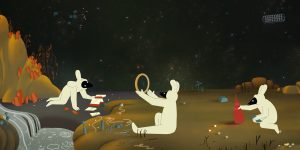
Solar Walk @ Deep Space 8K
Réka Bucsi
Solar Walk, by the Hungarian animation artist Réka Bucsi, is a symphony between humans, animals, creatures, and inanimate and unknown objects.

COSA Connectors Live
Aren Davey, Everest Pipkin, shawné michaelain holloway
The three COSA Connectors will come together in a Livestream to talk about creative open-source software tools. They will discuss the series so far, talk about tools they would like to see created, and how they use the tools for their personal work. We will take questions from the viewers via the live-chat, including questions about using other tools and suggestions for future episodes.
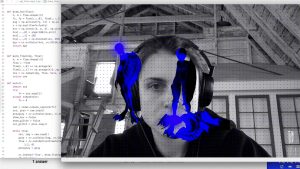
Electronic Theatre @ Deep Space 8K
Since 1987, the Electronic Theatre has compiled a large number of submissions from all over the world, providing an up-to-the-minute survey of animation art in the context of technology and society. It impressively illustrates the dynamic development of artistic computer animation over the past three decades as well as the expansive growth of various fringe areas. A glance at the works selected this year shows a broad range, from animation in the context of performance and installations to real-time animation and multifaceted, subject-based discussions.
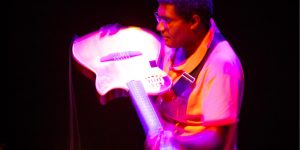
Gnawa Machine
Camel Zekri (FR), Marc Chemillier (FR)
The challenge of Gnawa Machine is to integrate the computer in a particular cultural context, that of the Gnawa Brotherhood in North Africa, of which Camel Zekri is a member.

Beyond Human Perception
María Castellanos & Alberto Valverde (ES)
The artwork is a video installation that allows the audience to visualize the reactions of humans and plants to a common stimulus: live music. The installation is the result of several sessions where the brain activity of humans was measured jointly with electrical oscillations in plants, using a sensor developed by the artists.
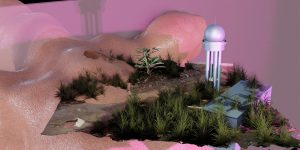
skip-the-line entrance
Daniel Hengst (DE)
Skip-the-line entrance, a collaborative guide to a speculative berlinDiscover a whole new Berlin. Join us on this journey and visit four local artists.
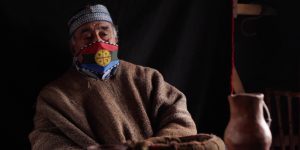
Local mutation imaginaries. Mapuche Culture Workshop.
As part of the celebration of the “Año Nuevo en el Sur” (Southern New Year), the Laboratory of Visual Anthropology of the Museological Direction, is conducting Workshops on Mapuche Culture taught by David Rain Canicura, peumatufe (the authority that guides the direction and decision-making of the community based on dreams) and nguillatufe (the authority responsible for the ceremony of Nguillatun). The proposal of the Mutations program is to generate a pre-recorded workshop that will allow the Mapuche imaginary about mutations to be better understood, as well as the experience of Mapuche communities in the current pandemic.
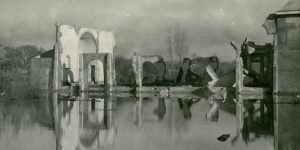
Telluric Mutations. The 1960 earthquake.
On May 22, 2020, 60 years since the largest seismic catastrophe ever recorded in the world was commemorated, a catastrophe whose epicenter was the city of Valdivia. The event had profound landscape, social, economic and cultural consequences for the affected cities and territories. The earthquake was a complex heritage where catastrophe and community resilience converge. The activity of the Austral Garden program is to share the series of initiatives prepared by the Museological Direction of Universidad Austral de Chile.
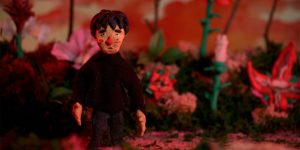
Prix Ars Electronica u19–create your world
This year’s u19 exhibition will invite all winners to exchange ideas and projects with each other. Their “homebase” will be the physical exhibition of the projects, where the winners can explain these to other artists and visitors. They will share their talents and show the audience of Ars Electronica Festival their view of possible future scenarios. In 2019, the Prix Ars Electronica's u19–create your world category was divided into two sections. First, ideas and projects could be submitted to YOUNG CREATIVES (up to age 14). This sub-category impressively demonstrates how children can help shape the present and future from their own perspective. For YOUNG PROFESSIONALS (14 - 19 years), innovative lateral thinkers who have developed an artistic or critical project for the world of tomorrow are in demand.
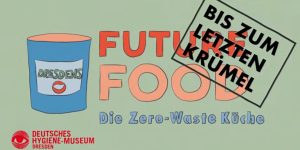
Dresden’s Future Food. Zero Waste Edition – To the Last Crumb
No idea what to do with old bread or the leaves of radish? In three short tutorials, learn how to prepare a delicious starter, main course and dessert by using seasonal and regional ingredients. Part of the Deutsche Hygiene-Museum’s digital “Future Food. What will we eat tomorrow?” program. In cooperation with Commerzbank Foundation.
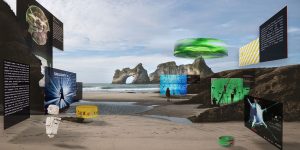
Aotearoa New Zealand Hub
The exhibition in Mozilla Hubs features 25 projects from New Zealand's technologists, artists and University researchers. visit www.ars.nz

COSA Connector Tour Part 3
shawné michaelain holloway (US)
Engage with the third of three playlists from our COSA Connectors, exploring open-source tools for artists. We have curated useful selections from across the internet of free software to help you express your creative side. The guided tours will focus on what the tool can do, what kinds of projects you might use it for, and quick tips and tricks for getting started.

COSA Connector Tour Part 2
Aren Davey (US)
Engage with the second of three playlists from our COSA Connectors, exploring open-source tools for artists. We have curated useful selections from across the internet of free software to help you express your creative side. The guided tours will focus on what the tool can do, what kinds of projects you might use it for, and quick tips and tricks for getting started.
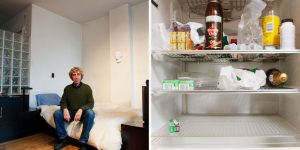
Virtual tour through the exhibition “Future Food. What will we eat tomorrow?”
Visitors can virtually explore the special exhibition Future Food. What will we eat tomorrow? that is held at the Deutsche Hygiene-Museum Dresden from May 2020 to Feb 2021. The exhibition takes up on one of the most urgent questions of the 21st century: how can we create the future of food facing the global challenges?
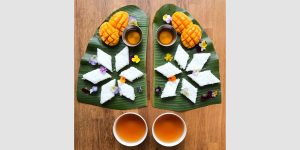
How do regional food systems work?
In times of multiple crises, the issue of food security is vividly debated. The panel discussion addresses opportunities and challenges of regional food production and supply with a focus on Dresden, Saxony.
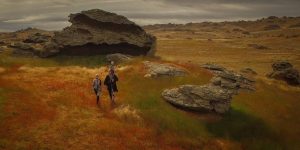
WAHAWAEWAO
Gibson / Martelli (UK), Carol Brown (NZ) and Russell Scoones (NZ)
Movement and landscape in flux, five figures wander across the landscape of Central Otago. Between the rocks and crevices, they move. In this moving image installation, we explore our persistent longing for belonging in an age of virtual travel. Filmed in the raw physical landscapes of Central Otago and the Motion Capture Studio of CoLab AUT in Auckland, we map between radically different scapes.
